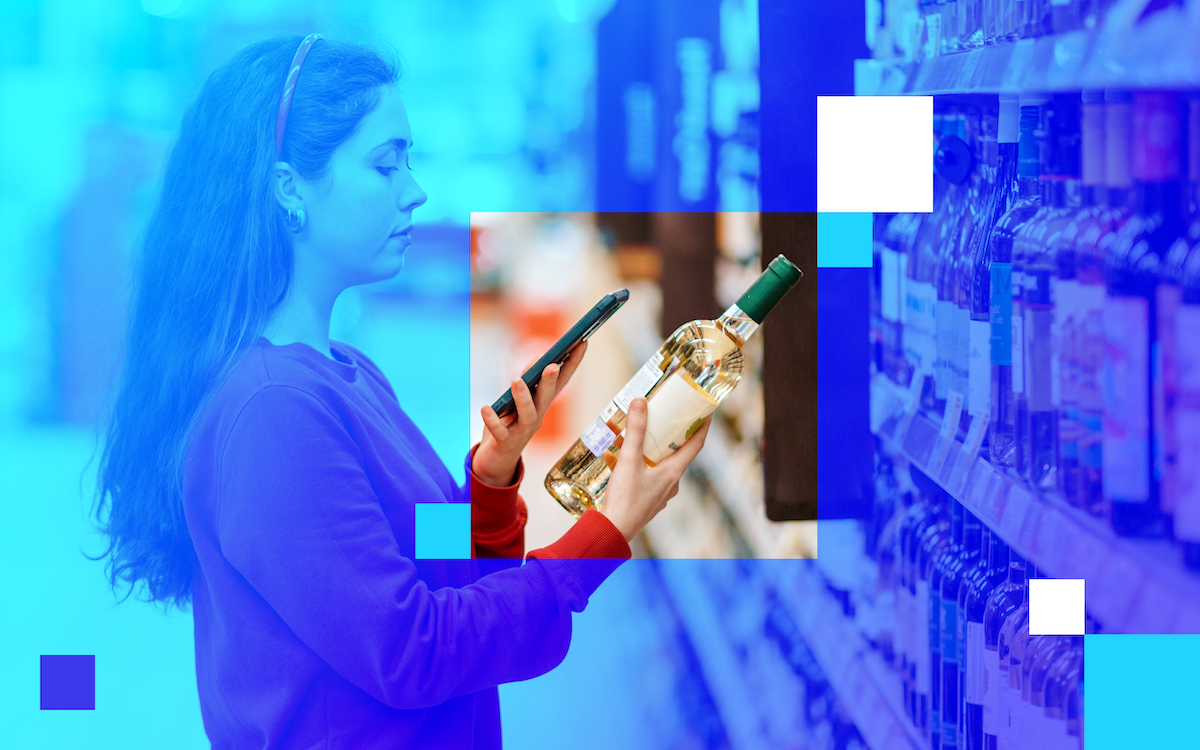May 30, 2024
Blog
Navigating EU CLP compliance: essential insights for chemical labeling
Blaž Kop
Account Executive
Share
Chemical labeling has become increasingly complex as consumer demands and safety standards evolve. On April 23, 2024, significant updates to the European Classification, Labeling, and Packaging (CLP) Legislative Act were finally passed with overwhelming support from MEPs (Members of European Parliament); 533 to 11. The new framework to clarify rules on labeling chemical substances includes factors such as point size, font size, height and color, pictogram dimensions, letter and line spacing, as well as broader use of digital and booklet labels amongst others.
The EU CLP updates, which align with the internationally recognized Globally Harmonized System of Classification and Labeling of Chemicals (GHS), are intended to enhance label readability, consumer safety, and transparency, and will begin to go into effect as soon as 2025. These updates also aim to clarify the rules on labeling chemical substances to different forms of trade (i.e., online trade or trade-in refill products), promote the circularity of the chemical products, make labels clearer and easier to understand (including digital labeling), and ensure a high level of protection against chemical hazards.
“The latest CLP update is part of the EU’s chemicals strategy for a more sustainable and toxic-free environment with chemical labeling changes focused on hazard classifications poised to impact various industries (not just chemicals),” regulatory affairs specialist Janet Greenwood writes. “They aim to bolster safety measures, safeguard public health, and elevate environmental protection standards for chemicals for both digital and physical labels.”
Time is of the essence: Key changes
The updated EU CLP regulation introduces four new hazard classes, with manufacturers, downstream users, tollers, and distributors who must comply with these regulations based on specific timelines. Companies placing their products on the EU market must classify their substances or mixtures by:
- May 1, 2025, for new substances on the EU market
- Nov 1, 2026, for substances already on the EU market
- May 1, 2026, for new mixtures on the EU market
- May 1, 2028, for mixtures already on the market
The May 1, 2025, deadline gives organizations that want to introduce new substances to the EU market less than a year to comply!
So, for new products, transition dates on updating label information must include:
- Updating labels after a change of classification: 18 months after this regulation appears in the Official Journal – EU LEX
- Rules for advertisements: 18 months after publication
- Black text on white background (excluding other label formatting rules): 18 months after publication
- All other label formatting rules (including minimum font sizes): 24 months after publication
Challenges of existing chemical labeling solutions
These changes pose significant labeling challenges for a wide range of global companies that will not be able to ship products into the EU if they do not meet the new requirements.
Meeting all the EU CLP updated requirements is no small feat. Many companies are currently using outdated tools that are not purpose-built for designing and printing labels. This is why they will find it virtually impossible to comply without manual oversight. Others are combining multiple disparate and legacy solutions to meet complex chemical labeling requirements. Unfortunately, these approaches tend to create an outcome of labeling errors and delays which can result in significant fines and business disruptions.
To meet all requirements within the EU CLP tight deadlines, companies must standardize on a single, cloud labeling solution, which can underpin all kinds of label design and printing needs.
Tackle EU CLP compliance with a cloud labeling solution
Organizations need a modern cloud-based labeling solution to help reduce international shipping delays and enhance operational efficiency with digital innovations like advanced analytics, cloud computing, and AI. Additionally, it should ensure effective product stewardship and consumer safety, enable rapid response to customer demands, meet global regulations, and navigate supply chain complexities to balance customer needs and improve overall profitability.
As businesses expand into new markets and leverage new opportunities, they need a single solution that will meet all their requirements on both a local and global level. A modern cloud labeling solution must be able to incorporate proper certified integration with systems of record like SAP and Oracle, and manage different languages, regulatory standards, as well as third-party and customer demands.
Beyond the EU CLP
The updated EU CLP is not the only new or evolving regulation that companies in the chemical sector are concerned with right now. With global rules, regulations, and guidelines constantly changing, companies need modern cloud labeling systems that support their business needs and help them stay compliant.
In the case of GHS standards, for example, companies must publish six different elements on each label: signal word, product name, hazard statement, pictograms, manufacture information, and precautionary statement. Companies must be able to track raw materials to the source to properly classify their products—a prerequisite for proper labeling.
Check out our recent chemical industry white paper Cloud Revolution: Transforming chemical labeling for the digital age. With a cloud labeling solution in place, growing companies can leverage a chemical labeling strategy that helps them reduce inefficiencies and costs; respond faster to customer and regulatory requirements; and improve the overall bottom line.


